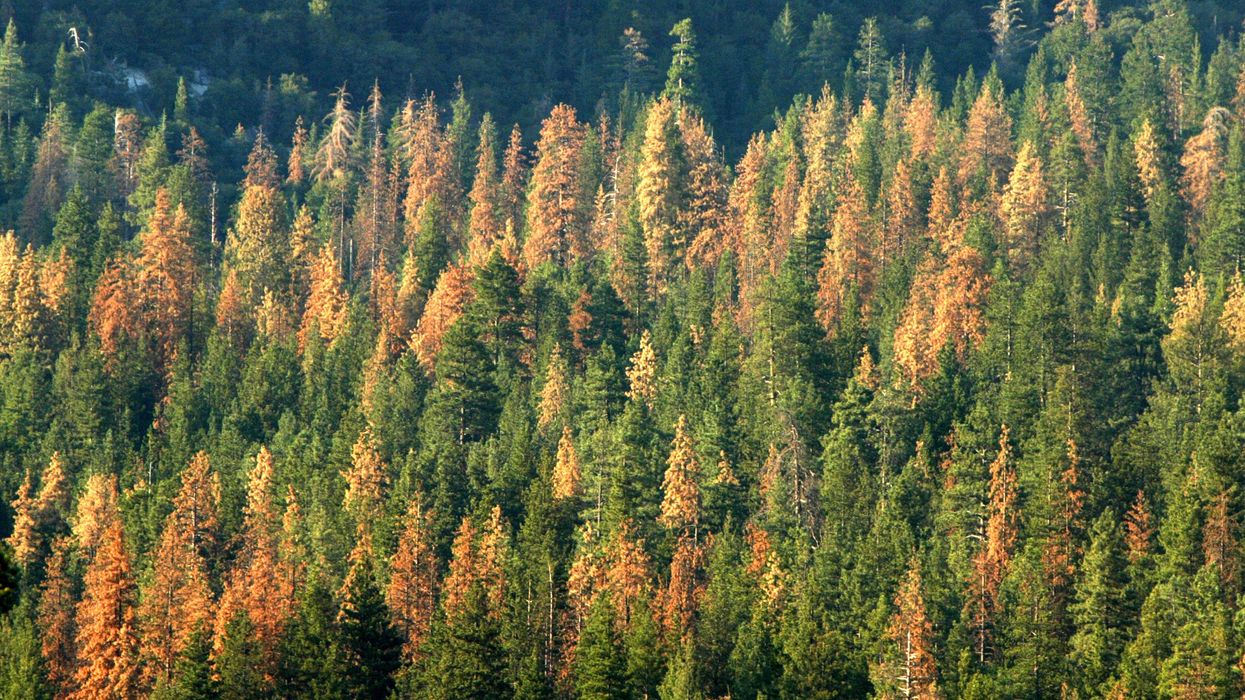Science & Tech
Alex Daniel
Jan 04, 2024

The forest is believed to be about 386m years old, which makes it older than the Amazon
David McNew/Getty Images
There are some pretty old forests in this world – but the one which dates back the furthest is actually in upstate New York, of all places.
A network of trees that is thought to have once sprawled about 400 kilometres (250 miles) was found in Cairo, USA, at the bottom of a sandstone quarry.
The forest is believed to be about 386 million years old, which makes it older than the Amazon rainforest, India's legendary jungles and the remote forests of southeast Asia.
A team led by scientists at Binghamton University, New York State Museum and Cardiff University mapped about 3,000 square metres of the forest in the foothills of the Catskill Mountains in the Hudson Valley in 2019.
The forest contains early plants called cladoxylopsids, which are similar to ferns, and Achaeopteris trees, which have fronds for branches.
A single example of a third type of tree was also uncovered, which remained unidentified but could possibly have been a lycopod.
All these trees reproduced using only spores rather than seeds.
Dr Christopher Berry, a paleobotanist at Cardiff University, said in 2019: "You are walking through the roots of ancient trees.
"Standing on the quarry surface we can reconstruct the living forest around us in our imagination.
"This would have looked like a fairly open forest with small to moderate sized coniferous-looking trees with individual and clumped tree-fern like plants of possibly smaller size growing between them.
"In order to really understand how trees began to draw down carbon dioxide from the atmosphere, we need to understand the ecology and habitats of the very earliest forests, and their rooting systems.
"These remarkable findings have allowed us to move away from the generalities of the importance of large plants growing in forests, to the specifics of which plants, in which habitats, in which types of ecology were driving the processes of global change.
"We have literally been able to drill into the fossil soil between the trees and are now able to investigate geochemical changes to the soil with our colleagues at Sheffield University.
"We are really getting a handle on the transition of the Earth to a forested planet."
How to join the indy100's free WhatsApp channel
Sign up to our free indy100 weekly newsletter
Have your say in our news democracy. Click the upvote icon at the top of the page to help raise this article through the indy100 rankings.
Top 100
The Conversation (0)













